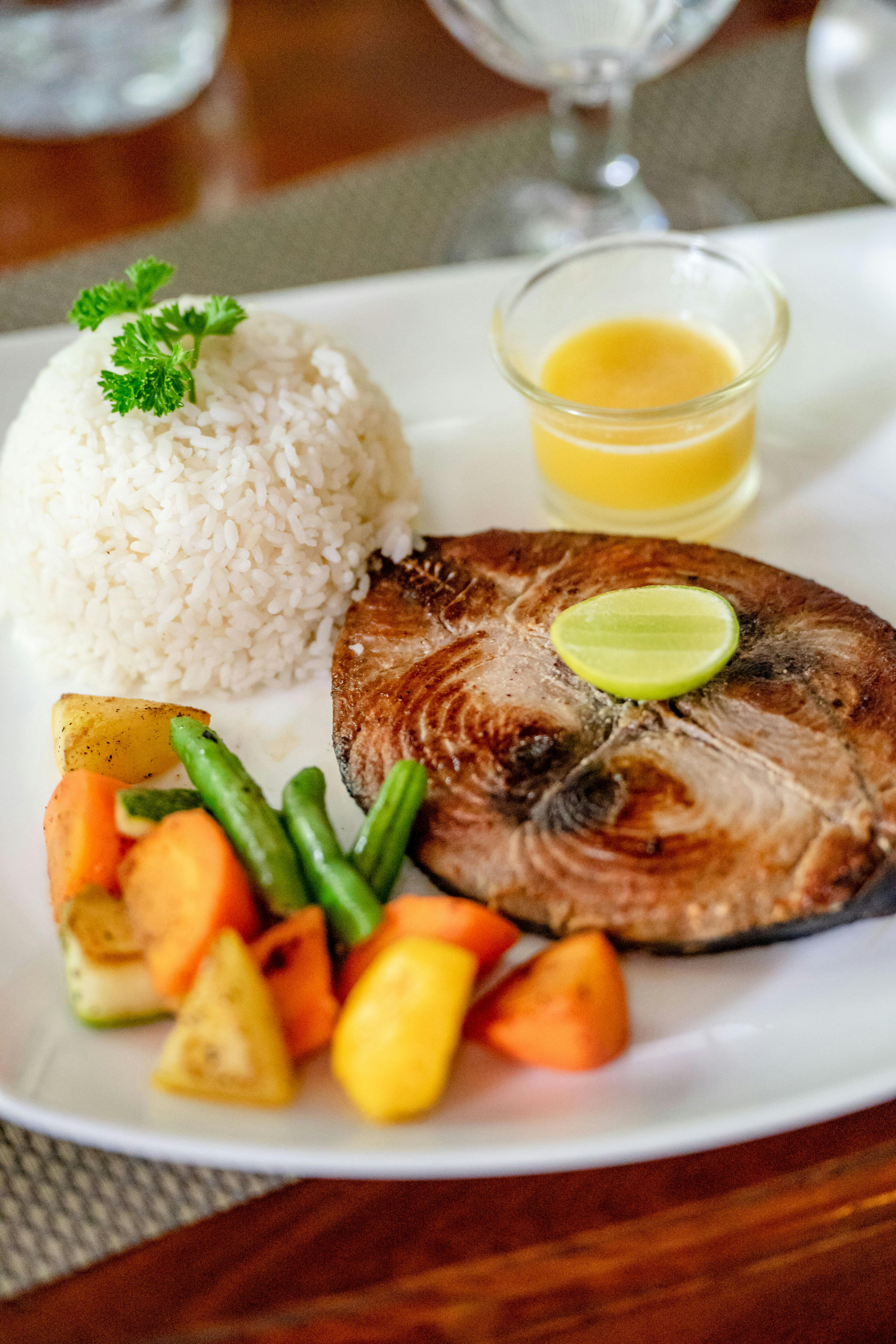Discovering the Wonders of Georgian Cuisine: A Journey Through Flavors and Techniques
Georgian cuisine, steeped in history and tradition, is an unsung hero of the culinary world. Known for its rich flavors, diverse ingredients, and unique cooking techniques, this cuisine is a gastronomic treasure waiting to be discovered. In this article, we delve into the heart of Georgian cuisine, exploring its distinctive dishes, innovative cooking methods, and the emerging trends that are giving it a modern twist.

A Tapestry of Flavors: The Core of Georgian Cuisine
Georgian cuisine is a vibrant mix of Mediterranean and Middle Eastern influences, with a dash of Eastern European charm. It’s characterized by the use of fresh, locally sourced ingredients, a heavy reliance on herbs and spices, and an abundance of fruits and nuts. Traditional dishes like Khachapuri (cheese-filled bread) and Khinkali (soup dumplings) showcase the cuisine’s rustic simplicity, while the extensive use of walnuts and pomegranate adds a unique complexity to many recipes.
Cooking Techniques: Unveiling the Secrets of Georgian Kitchen
The magic of Georgian cuisine lies in its cooking techniques. From the use of clay pots (Ketsi) for slow cooking stews to the traditional bread baking in a deep, circular oven called tone, these methods bring out the flavors and textures in an extraordinary way. The art of marinating meats in wine and vinegar before grilling or roasting is another characteristic trait, infusing the dishes with a depth of flavor that’s unmistakably Georgian.
The Wine Culture: Georgia’s Gift to the World
Georgia, often referred to as the ‘cradle of wine’, has a viticulture history dating back to 6000 BC. The traditional method of winemaking in qvevri (large earthenware vessels) is recognized by UNESCO as a significant intangible cultural heritage. This deep-rooted wine culture is not just a part of Georgian cuisine but also a social ritual, and the vast assortment of indigenous grape varieties offers a wine experience unlike any other.
Modern Twist to Traditional Dishes: Merging Past and Present
While Georgian cuisine is deeply rooted in tradition, it’s also embracing modernity. Contemporary chefs are reimagining classic dishes, adding a creative spin while preserving their essence. From vegan versions of Khachapuri to fusion recipes like Georgian sushi (slices of eggplant and bell pepper stuffed with walnut paste), these innovations are making Georgian cuisine more accessible and exciting to a global audience.
The Supra Culture: A Celebration of Food and Friendship
At the heart of Georgian cuisine is the Supra, a traditional feast that’s as much about food as it is about celebrating relationships. The Supra is led by a Tamada (toastmaster), who navigates the guests through a series of toasts, stories, and songs, turning the meal into a memorable social event. This culture of communal dining is a testament to the Georgian ethos of hospitality and camaraderie.
- Fascinating Facts about Georgian Cuisine:
- Georgia is home to more than 500 indigenous grape varieties.
- The traditional Georgian candy Churchkhela, made from walnuts and grape juice, is nicknamed ‘Georgian Snickers’.
- The traditional bread Shoti is baked vertically in a clay oven called tone.
- Ajika, a hot, spicy paste from Georgian cuisine, is a popular condiment, used to flavor a variety of dishes.
In conclusion, Georgian cuisine is a culinary adventure, offering a unique blend of flavors, techniques, and traditions. Whether it’s the hearty dishes, the exquisite wines, or the warm hospitality, there’s something for everyone. So, here’s an invitation to embark on this gastronomic journey, discovering and savoring the wonders of Georgian cuisine.




